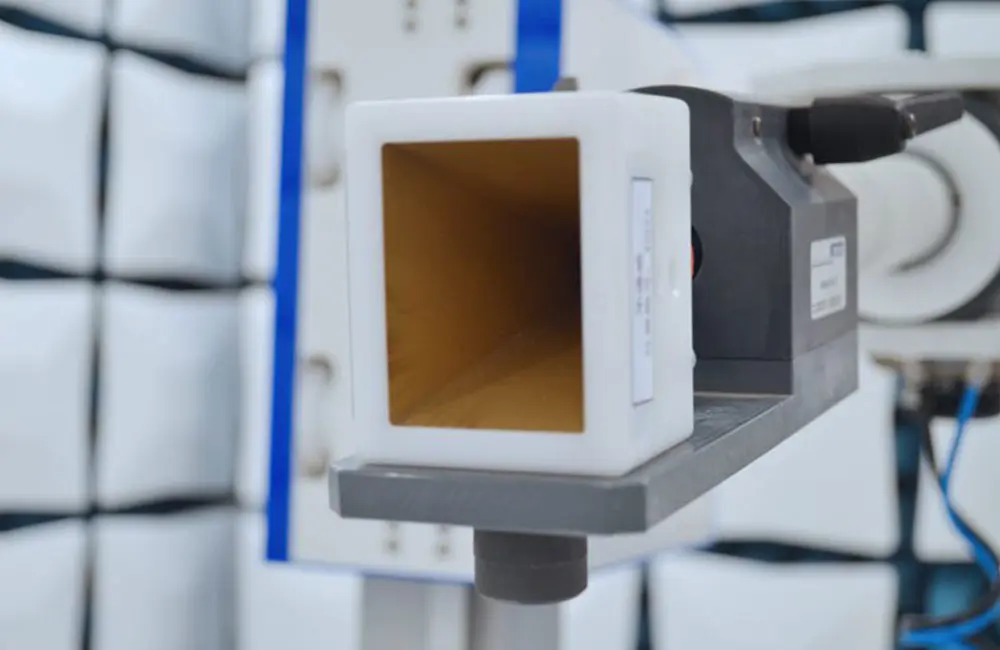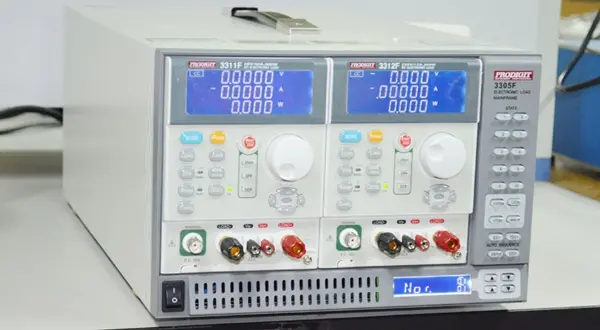
What is EMI EMC Testing?
What is emc testing?
EMC (Electromagnetic Compatibility) testing evaluates the level of electromagnetic interference (EMI) a device emits and its resistance to external interference (EMS). It is one of the most critical indicators of product quality. EMC measurement systems consist of test environments and specialized testing instruments.
Purpose of EMC Testing
The primary purpose of EMC testing is to assess the electromagnetic radiation emitted by electrical products and its potential impact on human health, public power grids, and other electronic devices operating nearby.
Main Classifications of EMC Testing
EMC testing is divided into two main categories:
- EMI (Electromagnetic Interference): Measures the unwanted electromagnetic noise generated by a device during its normal operation that may affect other systems.
- EMS (Electromagnetic Susceptibility): Evaluates the ability of a device to function correctly without being affected by surrounding electromagnetic environments.
1. EMI – electromagnetic interference testing
The main objective of emi testing is to assess the level of electromagnetic interference (EMI) generated by electronic devices during operation, ensuring they do not cause excessive interference with other equipment.
Key emi test Components:
- Radiated Emission: Measures electromagnetic radiation emitted by a device.
- Conducted Emission: Assesses unwanted conducted noise through power lines.
- Harmonic Current Emission: Evaluates harmonic disturbances in electrical networks.
- Voltage Fluctuation and Flicker: Tests for voltage stability and fluctuations.
2. EMS – Electromagnetic Susceptibility Testing
EMS testing ensures that electrical products can operate reliably in electromagnetic environments without being affected.
Key EMS Test Components:
- ESD (Electrostatic Discharge Immunity): Evaluates resistance to electrostatic discharge.
- RS (Radiated RF Electromagnetic Field Immunity): Tests resilience against radiated radio-frequency interference.
- CS (Conducted RF Immunity): Assesses susceptibility to conducted radio-frequency disturbances.
- DIP (Voltage Dips, Short Interruptions, and Variations Immunity): Tests voltage stability in different conditions.
- SURGE (Surge Immunity): Evaluates resistance to power surges.
- EFT (Electrical Fast Transient/Burst Immunity): Tests for immunity to rapid transient electrical disturbances.
- PFMF (Power Frequency Magnetic Field Immunity): Measures resilience to power frequency magnetic fields.
EMC Testing Standards
- EN 55014-1: Radiated emissions from household appliances.
- EN 55014-2: Radiated immunity for household appliances.
- EN 55011: Radiated emissions from industrial, scientific, and medical equipment.
- EN 55013/20: Audio and video equipment compliance.
- EN 55015: Radiated emissions from lighting equipment.
- EN 61547: Radiated immunity for lighting equipment.
- EN 55022: Radiated emissions from information technology equipment.
- en 55024: Radiated immunity for information technology equipment.
- EN 60601-1-2: Electromagnetic compatibility for medical electronic devices.
- en 61000-6-1: emc compliance for residential, commercial, and light-industrial environments.
- EN 61000-6-3: EMC immunity for residential, commercial, and light-industrial environments.
- EN 61326: Electromagnetic compatibility for measuring instruments.
International Standards:
- IEC 61000-4-4 (2004): Electrical fast transient/burst immunity test.
- IEC 61000-4-5 (2005): Surge immunity test.
- IEC 61000-4-11 (2004): Voltage dips, short interruptions, and variations immunity test.
- IEC 61000-4-2 (2001): Electrostatic discharge immunity test.
Email:hello@jjrlab.com
Write your message here and send it to us
 LED Lighting EMC Testing Service
LED Lighting EMC Testing Service
 EU REACH Compliance Testing Services
EU REACH Compliance Testing Services
 Electronic and Electrical Reliability Testing Serv
Electronic and Electrical Reliability Testing Serv
 Electronic & Electrical Safety Compliance Test
Electronic & Electrical Safety Compliance Test
 Shenzhen Electronic Electromagnetic Compatibility
Shenzhen Electronic Electromagnetic Compatibility
 How to Test IP68 Rating
How to Test IP68 Rating
 Differences Between FDA and LFGB for Food Contact
Differences Between FDA and LFGB for Food Contact
 Process and Precautions for Amazon CPC Certificate
Process and Precautions for Amazon CPC Certificate
Leave us a message
24-hour online customer service at any time to respond, so that you worry!




